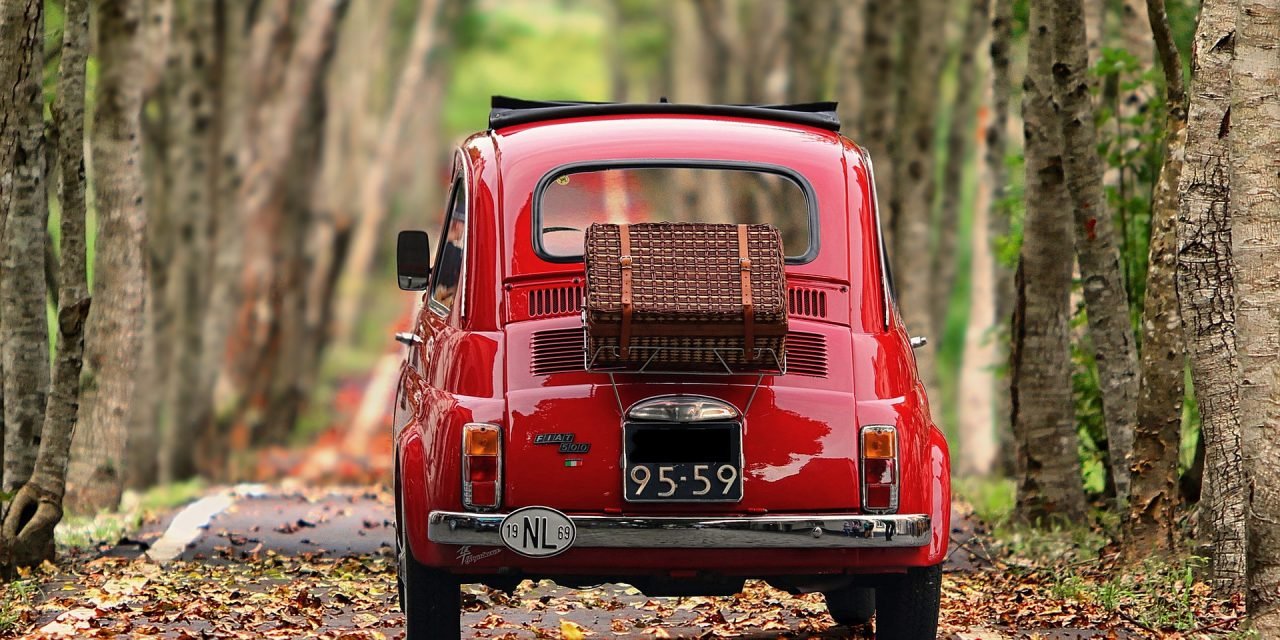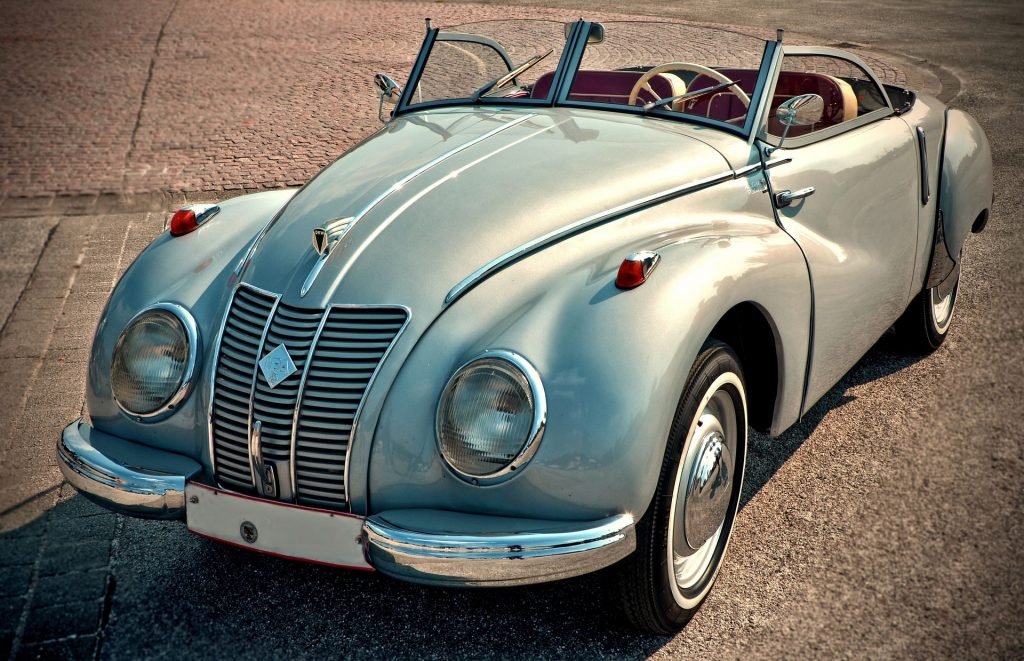
Top 3 Upgrades to Make Your Classic Car Safe by Today’s Standards

One of the biggest hobbies among car enthusiasts is collecting classic cars. Now some people will buy these classic cars with all the damages with the intent of flipping it and turning it into a nostalgic four-wheeled beauty. Things like new tires, a fresh coat of paint, and fixing the inner workings of the vehicle are a must. Car enthusiasts will give the car these upgrades and enhancements in hopes of selling it at an auction but one thing that classic car flippers don’t want to medal too much with is the integrity of the car… tampering with it can cause a flipper to lose lots of money.
Some of the world’s most expensive classic cars sold at auctions are definitely horse-powered beauties but by today’s vehicle safety standards, they’re death traps on wheels. The safety features we have in modern cars today, even the most basic ones, were unheard of in the 20s and 30s, mainly because there wasn’t a need for it… there weren’t as many road and safety hazard out back then, nor were those vehicles as fast as cars are now.
Lots of car enthusiasts are reluctant to add these features and upgrades for fear of “taking away” from the authenticity of the car. It’s perfectly understandable for a car collector or restorer to feel that way because the more authentic the car is, the more valuable it will be but if you’re wanting to actually drive a classic car on today’s road, you absolutely will need to implement some of today’s most basic safety features to meet the safe driving standards of today.
Failing to enhance your classic car to the proper driving safety standards can result in a serious car accident with very serious injuries. Now, the reality of driving is that anytime you get into a vehicle, you are putting your life and the lives of others at risk but your chances are enhanced when getting into a car with minimal safety features. Nonetheless, whether you’re in a vintage classic car or a new model car, the chances of suffering from a car accident are likely.
That reason alone is why it’s so important to make sure you’re protected through proper auto insurance as well as having a trusted personal injury lawyer to consult with. So if you’re shopping for a classic car at an auction or restoring one, here are the safety upgrades you need to consider adding or looking for before getting behind the wheel of one of those nostalgic beauties.
Safety Feature 1: Tires
Almost all classic cars are bias-ply, meaning the tires don’t have the capabilities of stopping, traction, and steering that all modern vehicles tires have today, which is radial-ply tires. Radials actually became a standard for tires by the Ford Motor Company. The first car to apply this standard was the 1970 Lincoln Continental Mark III.
Now, depending on the type of classic car you have or are pursuing, you may have to be careful with your radial choice. Most cars made before 1975 have wheels that aren’t safe with radials. On older cars before 1975, radials cause wheels to crack due to the difference in tire pressure put on bias-ply tires than radial-ply tires. If anything, you might want to consider getting new wheels for your classic to be more accommodating of radial tires.
Safety Feature 2: Antilock Brakes
So all cars, even the vintage classic cars, had brakes but there’s a high chance that they didn’t have antilock brakes and they probably weren’t fade-resistant discs. Antilock brakes allow the driver to still be able to steer while hitting the brakes hard… this feature also prevents skidding from happening too.
There are actually kits out there that allow you to convert the older drum brakes to the newer ones on the two front wheels so that when your brake, the weight of the vehicle will be pushed to the front of the car. According to digital trends, antilock brakes originally first appeared on planes and trains, which were the top vessels that needed the abilities to stop without skidding. Without the development of this technology, transportation would not be the same!
Safety Feature 3: Seat Belts
Some classic car enthusiasts are totally against adding the lap-shoulder seat belts that are standard in today’s vehicles but they’re a safety standard that can save your life. Not only is a seat belt a safety feature that can save your life, but it’s also a feature that’s required by law and can save you a hefty ticket! There are lap-shoulder seat belts that fit into classic cars, you just need to figure out which ones to buy and where to mount them, if you’re going to add it yourself.






































